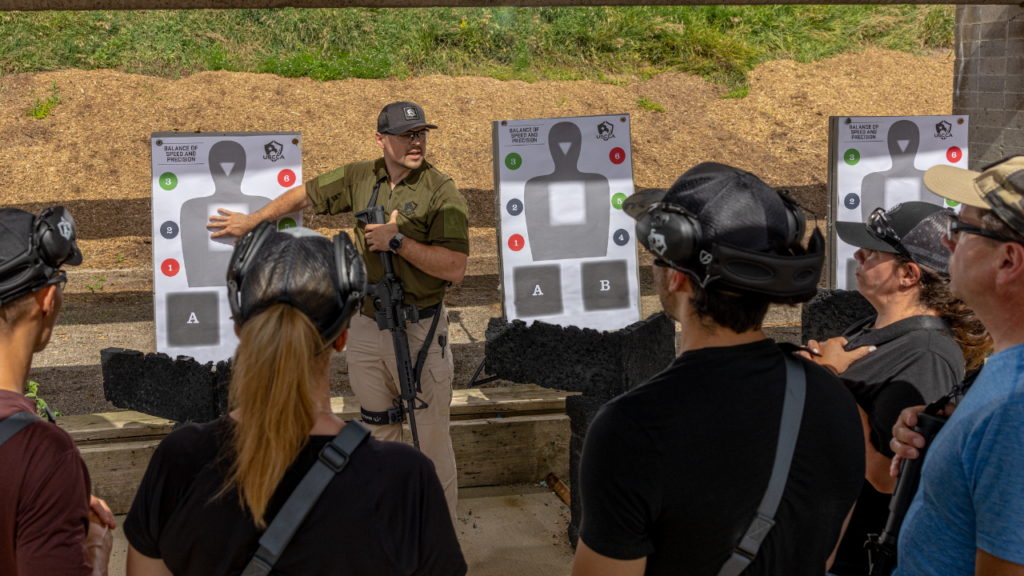Most political campaigns feel like sprints, with everything focused on Election Day. But the truth is, political engagement works more like a marathon. Sure, winning the election matters, but keeping people engaged after that is the real challenge. You need a way to maintain those connections, and SMS drip campaigns are one of the best tools.
An SMS drip campaign isn’t a mass blast of texts. It’s more like a steady conversation, spaced out over time. You’re not just reminding voters you exist—you’re building a relationship. And that’s something most campaigns miss. They talk to voters once, then disappear. That’s a mistake.
Let’s talk about how SMS drip campaigns work, why they’re so effective, and how they can help you keep supporters engaged long after the election is over.
What Is an SMS Drip Campaign?
At its simplest, an SMS drip campaign is a series of pre-scheduled text messages sent over time. The goal is to build a conversation with them. You set up these messages to go out at specific intervals or based on certain triggers, so the person on the receiving end feels you’re staying in touch without overwhelming them.
For a political campaign, this could mean sending a reminder to vote, sharing the candidate’s stance on key issues, or updating people about campaign events. But here’s the important part: you don’t stop after Election Day. If you win, the conversation keeps going. If you lose, the conversation still keeps going. The point is to stay relevant and keep supporters engaged with the cause or the candidate, even after the election.
That’s something email just doesn’t do as well. People ignore emails. They don’t ignore texts. If someone’s phone buzzes, they’re going to check it. That’s why SMS drip campaigns work. It’s not just about being in their inbox—it’s about being in their life.
Why SMS Is So Effective
Most campaigns still rely heavily on email or social media to stay in touch with voters. But the numbers tell a different story. Email open rates hover around 20%, if you’re lucky. SMS open rates? Closer to 98%. And that’s because texts feel immediate. They aren’t something people put off reading. When you get a text, you read it. It’s more personal.
That’s a big deal for political campaigns. With SMS, you’re not just broadcasting information. You’re having a conversation, and people notice that difference. A text feels direct. An email feels like something you’ll get to later, maybe. And social media is so noisy that people are now numb to it.
The Benefits of SMS for Campaigns
- High Open Rates: People read their texts. Almost always. That’s a huge advantage over other channels.
- Personal Connection: SMS feels more like a conversation than an ad, and that changes how people respond.
- Timely Engagement: Because people check their texts quickly, SMS is perfect for time-sensitive updates—like reminding someone to vote or attend an event.
Timing Is Everything
The success of any SMS campaign comes down to timing. Send too many messages too quickly, and people will get annoyed. Send too few, and they will forget about you. The trick is to strike a balance.
Before the election, you’ll want to send messages more frequently—reminders to vote, info about the candidate’s stance on key issues, or details about campaign events. But after the election, you can slow the pace down. The goal shifts from getting people to take immediate action to keeping them engaged in the long term.
It’s like building any relationship. At the start, you have to make more effort. But once the connection is there, you don’t need to reach out as often to keep it strong.
Pre- and Post-Election Strategy
- Before the Election: Use drip campaigns to keep voters informed, remind them to vote, and get them excited about the issues that matter.
- After the Election: Shift to more occasional updates, like news about legislation, volunteer opportunities, or ways to stay involved.
- Don’t Overdo It: The key to drip campaigns is balance. You want to keep people engaged without annoying them.
The Mistake Most Campaigns Make: Disappearing
Here’s where most political campaigns go wrong: they disappear after the election. It’s understandable—once the election is over, the urgency goes away. But that’s the exact moment when a long-term strategy matters most. Whether you win or lose, the people who supported you during the campaign still care about the issues. If you don’t keep them engaged, you lose them.
An SMS drip campaign can prevent that. Once the election is over, you can keep sending updates, share progress on key issues, or let people know how they can stay involved. And the thing is, voters appreciate it. They don’t want to feel like you only cared about them when you needed their vote. If you keep the conversation going, they feel like they’re part of something bigger.
That’s how you build a movement, not just a one-time campaign.
How to Keep the Momentum Going
- Share Legislative Updates: Let people know how your candidate is doing in office, or update them on important legislative developments.
- Invite Ongoing Participation: Use SMS to encourage people to attend local events, volunteer, or get involved in community efforts.
- Avoid the Drop-Off: Don’t stop the conversation after the election. If anything, that’s when the real work starts.
Personalization Matters
Another reason SMS drip campaigns work is that they can be personalized. You’re not sending the same message to everyone. You can segment your audience based on what they care about—freedom, healthcare, or education—and send them updates on those issues.
This kind of personalization makes a big difference. People are more likely to engage with messages that feel relevant to them. And it’s easy to do with SMS. You can target different groups with different content, making the experience feel tailored, not generic.
Personalization Strategies
- Segment Your Audience: Group your supporters based on their interests or past engagement and tailor the content to what they care about.
- Trigger-Based Messaging: Set up triggers so messages go out based on specific events, like when new legislation is introduced or a local meeting is happening.
Calls to Action: When to Ask
SMS drip campaigns aren’t just about keeping people informed. They’re also about getting people to take action. But timing is everything here, too. You don’t want to ask for a donation or a volunteer commitment too early or often. It has to feel natural within the conversation you’re building.
The best calls to action come after you’ve already provided value. If you’ve been keeping someone updated on a local issue, asking them to attend a town hall or sign a petition makes sense. They’re already invested. A well-timed CTA doesn’t feel like a demand—it feels like the next logical step.
Effective Calls to Action
- Ask at the Right Time: Don’t ask for something until you’ve provided value. People need to feel like they’re part of something before they commit.
- Make It Relevant: Link your CTA to something the person cares about. A donation request that relates to an issue they’ve been following is more compelling.
- Keep It Simple: SMS is beautiful because it is simple. So keep your asks clear and direct—whether it’s a reminder to vote, a request for donations, or an invitation to attend an event.
The Future of Political Engagement
If you want to win in politics today, focusing only on Election Day isn’t enough. That’s just the starting line. Real engagement happens in ween elections—when you keep people connected, involved, and invested over the long term. The campaigns that build ongoing relationships with voters instead of treating them as a short-term target, are the ones that succeed in the long run.
SMS drip campaigns are one of the most effective ways to keep that connection alive. They allow you to stay in touch with voters in a personal and immediate way without overwhelming them. With tools like OtterText, managing these campaigns becomes straightforward. OtterText lets you automate, personalize, and time your messages to create a steady conversation with your supporters.
The future of political engagement isn’t about winning the next election but what happens in between. With the right tools and strategy, you can turn one-time voters into long-term advocates, and build a stronger movement with each interaction.



